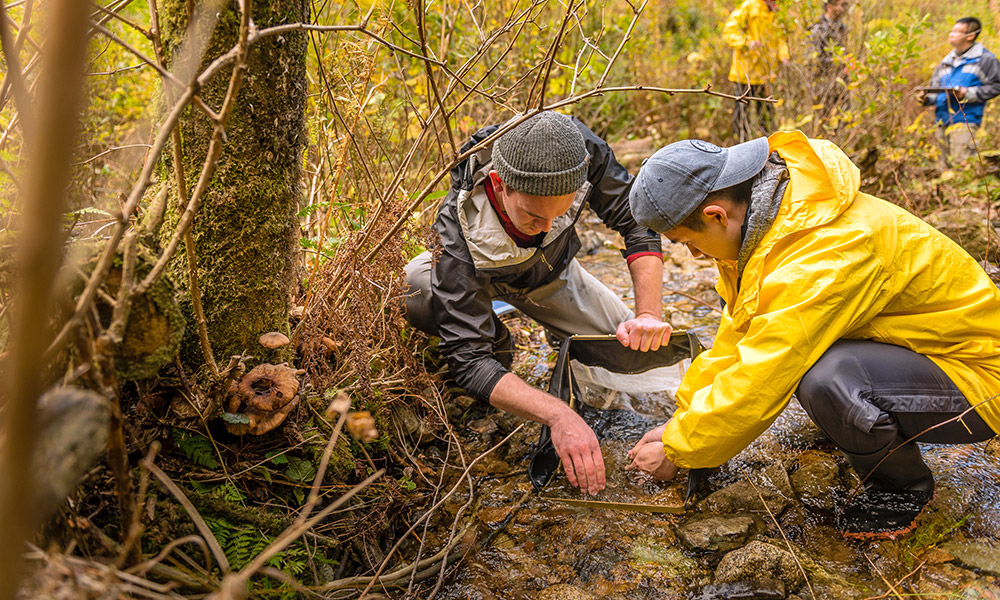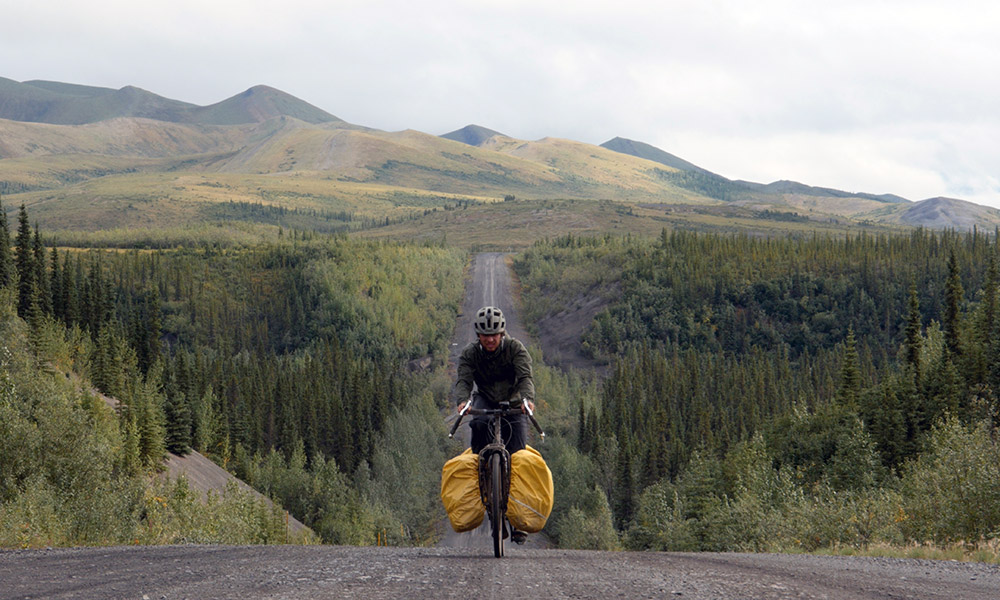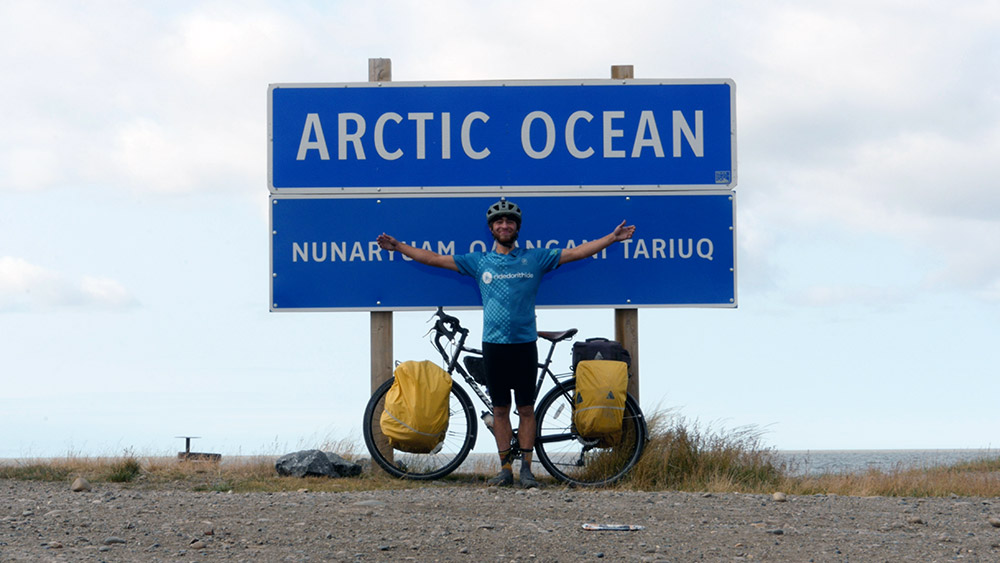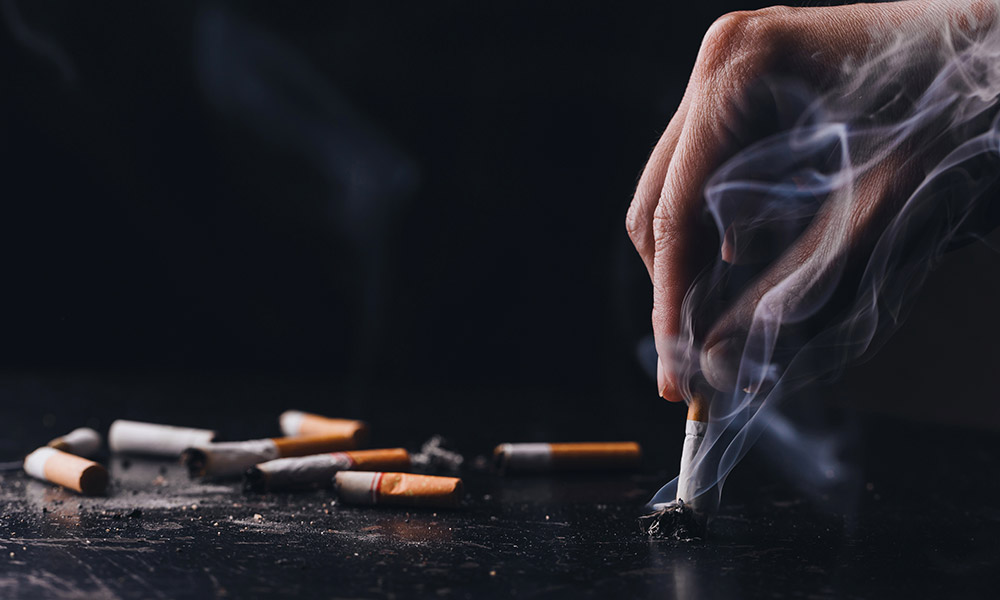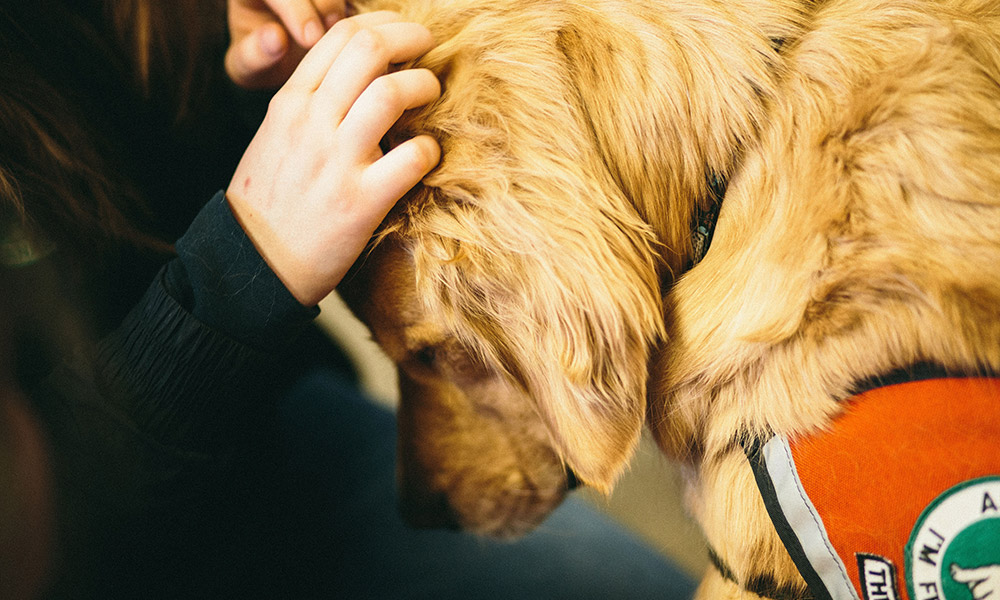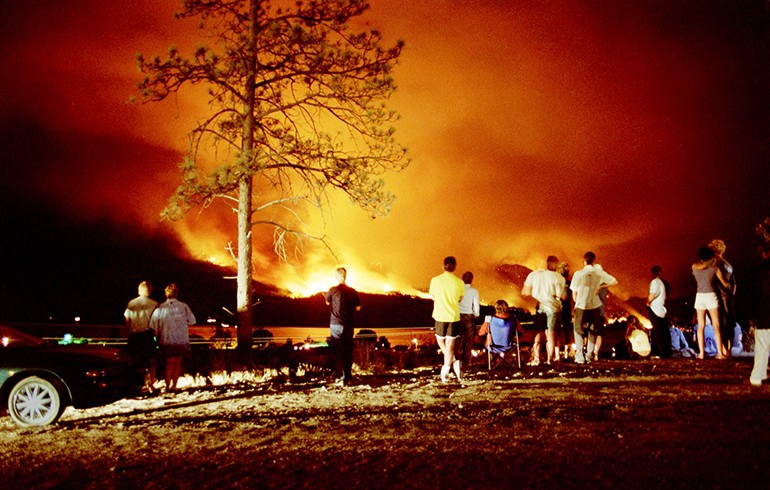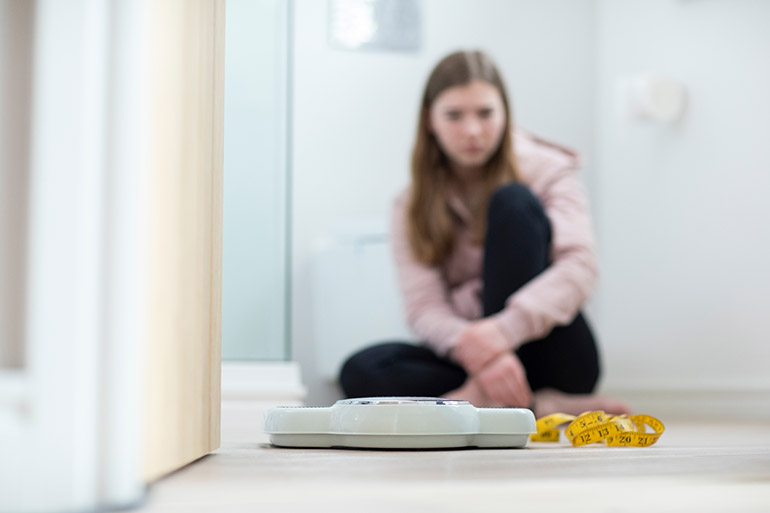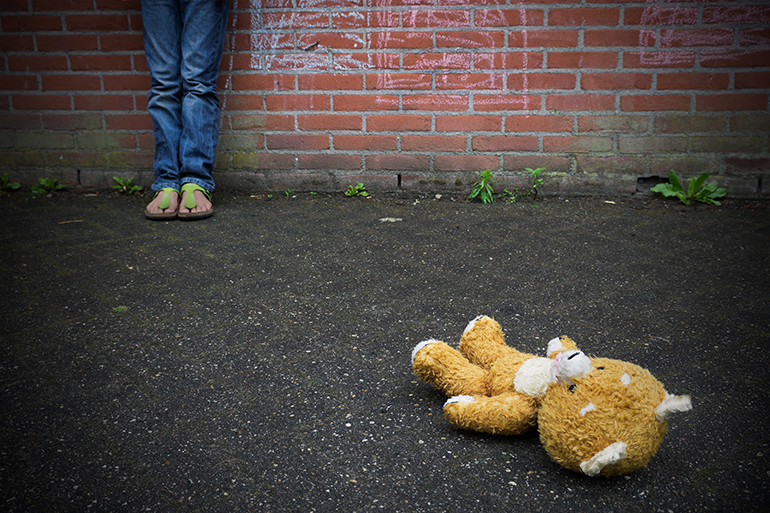
While there is a reluctance to incorporate positive COVID-19 messaging because of potentially creating perceptions of false security, new research suggests that by not providing positive outlooks, there is a risk of alienating and disengaging people aged 18 to 40 years.
COVID-19 has become a story of numbers. How many people fell ill, how many have died, the rates of infection, and the percentage of vaccinated—and unvaccinated—people.
But a new study published in the Public Library of Science journal says public health messages about COVID-19 don’t resonate with a large segment of the population. The study was conducted by UBC Okanagan’s Dr. Lesley Lutes and Simon Fraser University’s Dr. Scott Lear.
Dr. Lutes, who teaches psychology in UBCO’s Irving K. Barber Faculty of Arts and Social Sciences, says their study looks at the disconnect between public health messaging and adults aged 18 to 40. The research determined that young adults feel highly responsible for protecting themselves and others against the spread of COVID-19. But they also face confusion when trying to comply with public health orders due to what Lutes calls inconsistent messaging and ineffective outreach strategies.
Why do you think people aged 18 to 40 years old are particularly worried about COVID-19?
Contrary to mass media coverage, participants in our study were highly concerned about the spread of COVID-19. They perceive it as their responsibility to protect themselves and their loved ones. Similarly, recent research found younger adults have a higher perception of risk vulnerability with respect to COVID-19, as many of them faced unique challenges due to working in high-risk, low-paying essential service occupations, as well as having higher levels of financial insecurity, unpaid sick days and mental burden. Many simply didn’t have the option of working from home and they have been out working in our communities this entire pandemic.
Study participants say public health messaging has missed its mark with this group of adults. How so?
Our participants expressed concerns and confusion around current public health messaging. Most existing public health messaging focuses on the collective good using inclusive language, providing ideas for social safety or emphasizing the risk of contracting COVID-19, which may elicit fear.
There is a reluctance to incorporate positive messaging because of potentially creating perceptions of false security, though available evidence does not support this concern and suggests compensation is not discernible at a population level. Our research suggests by not providing positive outlooks, there is a risk of alienating and disengaging this age group, especially when we’re looking at a long-term pandemic response success.
You talk about hope and positive words when discussing public health messaging. Why?
We strongly believe hopeful ideas, besides mathematical modelling, should acknowledge what the public has sacrificed. This was especially true at the start of the pandemic when the goal was to flatten the curve. The participants in our study said they were looking for active and ongoing exposure to positive messaging in order to generate positive attitudes and emotions.
While our participants agree it is often difficult to change behaviours of those who hold on tightly to their beliefs, positively framed messaging may bring people together to facilitate collective change.
Your study talks about how the public health information outreach methods for their group were ineffective, confusing and often negative. What would you suggest?
Our findings suggest messages for young adults should not only be positively framed, but also reflect the lived experiences of this demographic. As well, they should be delivered on an accessible platform—a platform we know this demographic uses. Respectfully, we urge stakeholders including government officials and media outlets to report and create messaging that answers young adults’ concerns. Tailored messaging is needed, desperately.
Does your team have a plan on how to support young adults dealing with vaccine hesitancy?
Many people believe that implementing vaccine passports and mandates would solve the problem of hesitancy, concerns and misinformation. But it does not. We are not living in the 1970s when seatbelt laws came into place and indoor smoking was banned in commercial areas. There was no internet back then. There was no social media that gave everyone a voice to communicate–for better and worse.
The concerns of young adults are real. Women being worried about whether they could have children if they take this vaccine is real. We need to meet them where they are at, talk about their worries, clarify the science and the data, then help them reach a decision based on the information provided.
We need to have these conversations right where they are getting their information—online—and then use science, compassion and engagement to help support everyone in the decision-making process.
Lives depend on us helping everyone feel heard, valued and empowered to make informed decisions.

